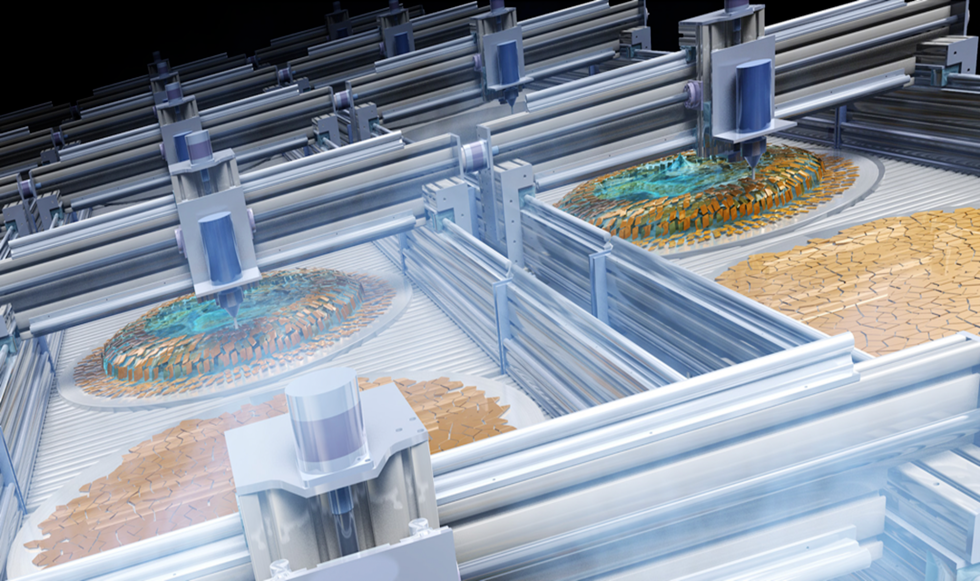A novel technology to make nanosheets, which are thin films of 2D materials a couple of nanometers thick, in approximately one minute was developed by a study team headed by Professor Minoru Osada (he, him) and postdoctoral researcher Yue Shi (she, her) at the Institute of Materials and Systems for Sustainability (IMaSS), Nagoya University in Japan.

Image Credit: Nagoya University
This technology facilitates the development of high-quality, large nanosheet films using just a single click with no need for dedicated technology or knowledge. Their outcomes are believed to add up to the development of the industrial manufacturing process for different kinds of nanosheet devices. ACS Applied Materials & Interfaces published this research.
Nanosheets come with a thickness that is quantified in nanometers. Nanometers are so thin that they are not visible from the side with the naked eye. They can be used in various areas, alongside catalysis, electronics, biomedicine, and energy storage. Those fabricated from inorganic and graphene nanosheets are subjected to a test for application in a variety of devices, ranging from sensors and batteries to solar cells, as they have transparency, electrical, and heat-resistance functions, unlike those in traditional bulk materials.
Nevertheless, the existing techniques employed to make these thin films, like the Langmuir-Blodgett approach, need complex conditions and skilled operation.
Using existing methods, it takes about one hour to fabricate a single layer. This creates a major bottleneck in nanosheet manufacturing.
Professor Minoru Osada, Institute of Materials and Systems for Sustainability, Nagoya University
The team targeted to make a new method that can create high-quality, neatly tiled monolayer films of nanosheets seamlessly and quickly. Using a simple drop of a colloidal aqueous solution onto a substrate heated on a hotplate with an automatic pipette, they produced an automated film-forming process that created nanosheets in approximately one minute. Subsequently, they followed this with the objective of the solution and liquid removal. A neatly tiled monolayer film without any gaps between the nanosheets is the outcome.
“The reduction of the surface tension of the colloidal aqueous solution and the promotion of convection of the nanosheets suppressed the overlap and gaps between the nanosheets and allowed us control over its alignment. Layer-by-layer construction of multilayer films controlled by the thickness unit of nanosheets was possible by repeating the neatly tiled monolayer film fabrication operation.”
The newly developed method is expected to become an important technology as an industrial thin-film fabrication method and nano-coating method for nanosheets because it is simple, quick, and requires only a small amount of solution to fabricate a high-quality, large-area film with a neatly tiled alignment.
Professor Minoru Osada, Institute of Materials and Systems for Sustainability, Nagoya University
Osada continues, "The technology is based on simple drop and aspiration operations using an automatic pipette and does not require specialized knowledge or technology. This technology is applicable to nanosheets of various compositions and structures, such as oxides, graphene, and boron nitride, and can form films on substrates of various shapes, sizes, and materials, making it an extremely versatile film-forming technology."
Journal Reference:
Shi, Y., et al. (2023). Automated One-Drop Assembly for Facile 2D Film Deposition. ACS Applied Materials & Interfaces. doi.org/10.1021/acsami.3c02250.
Source: https://en.nagoya-u.ac.jp/